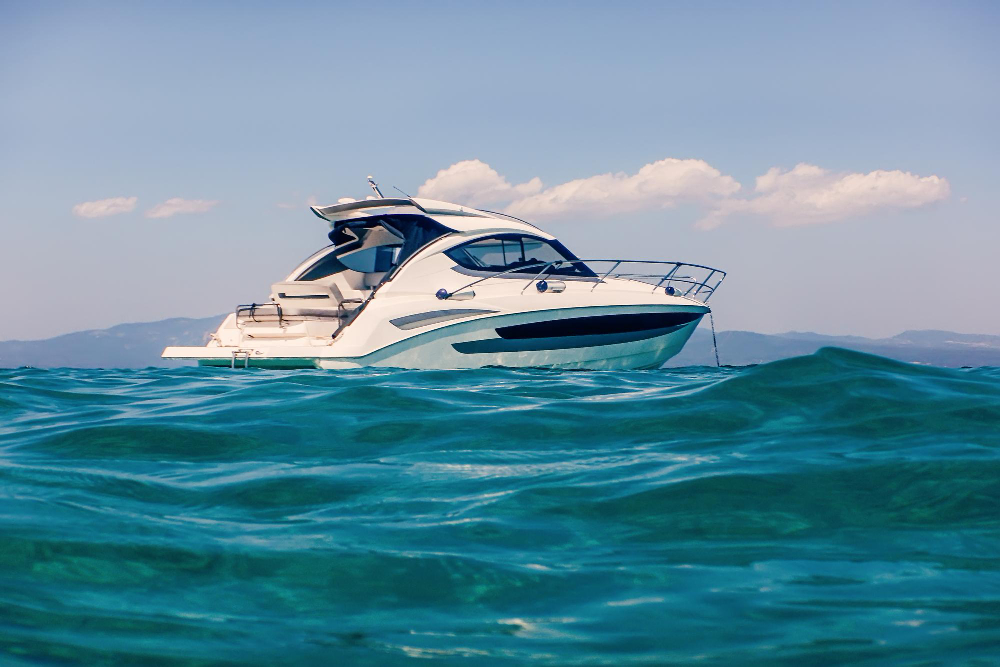Public waterways offer a refreshing escape for outdoor enthusiasts, from serene lakes and winding rivers to bustling coastal shores. However, when sharing these aquatic playgrounds with others, it’s essential to practice good etiquette and ensure everyone’s safety and enjoyment. Whether you’re paddling, boating, fishing, or swimming, here are some tips to help you navigate public waterways with courtesy and respect.
Stay Aware and Be Mindful
One of the most important rules for sharing public waterways is to stay aware of your surroundings and be mindful of other users. Keep an eye out for kayakers, paddleboarders, anglers, swimmers, and other boaters, and be prepared to adjust your course or speed to avoid collisions or conflicts. Pay attention to signage, markers, and navigational aids, and familiarize yourself with any specific rules or regulations governing the area.
Give Right of Way
When encountering other watercraft or users on the water, it’s essential to give right of way to those who have priority. In general, larger vessels have the right of way over smaller vessels, and motorized boats should yield to non-motorized craft such as kayaks, canoes, and paddleboards. Additionally, anglers casting lines or nets should be given extra space and consideration to avoid disrupting their fishing activities.
Maintain a Safe Distance
Respect personal space and maintain a safe distance from other water users to avoid crowding or disturbance. Keep noise levels to a minimum, especially in areas where wildlife may be present, to minimize disruption to the natural environment and wildlife habitats. Be mindful of wakes and waves created by motorized boats, as they can cause erosion, damage shorelines, and disrupt other users’ activities.
Communicate Clearly
Clear communication is key to safely sharing public waterways with others. Use hand signals, verbal cues, or signaling devices to communicate your intentions, such as turning, stopping, or passing. Signal warnings or hazards to other users, such as submerged obstacles, strong currents, or approaching vessels, to help prevent accidents and ensure everyone’s safety on the water.
Follow Navigation Rules
Familiarize yourself with basic navigation rules and nautical etiquette to navigate public waterways safely and courteously. Keep to the right side of the waterway when traveling in opposite directions, yield to vessels approaching from your starboard (right) side, and maintain a safe speed to avoid creating excessive wake or spray. Be aware of restricted areas, no-wake zones, and speed limits designated for specific watercraft or activities.
Respect Wildlife and the Environment
Take care to minimize your impact on the natural environment and wildlife when enjoying public waterways. Avoid disturbing nesting areas, feeding grounds, or sensitive habitats, and observe wildlife from a safe distance without approaching or feeding them. Dispose of trash and waste properly, and consider participating in cleanup efforts or conservation initiatives to protect and preserve our waterways for future generations.
Extend Courtesy and Consideration
Above all, extend courtesy and consideration to fellow water users, landowners, and wildlife when sharing public waterways. Treat others with respect, kindness, and patience, and be willing to lend a helping hand or offer assistance when needed. By fostering a culture of respect and cooperation on the water, we can ensure that everyone can enjoy the beauty and tranquility of public waterways for years to come.
